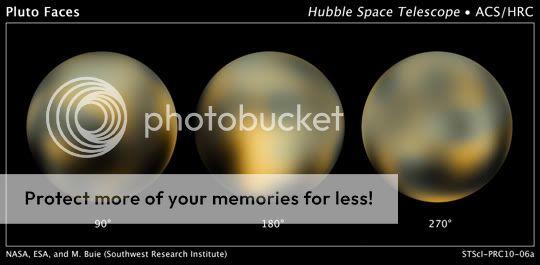P
Philotas
Guest
http://www.nasa.gov/news/media/newsaudio/index.html
They are not released yet; they will be streamed live at 1 p.m. EST, which raises a question for me:
is 1 p.m. EST about than 7 hours and 40 minutes from when this topic was initiated?
Anyone know what to expect from these new images?
They are not released yet; they will be streamed live at 1 p.m. EST, which raises a question for me:
is 1 p.m. EST about than 7 hours and 40 minutes from when this topic was initiated?
Anyone know what to expect from these new images?



